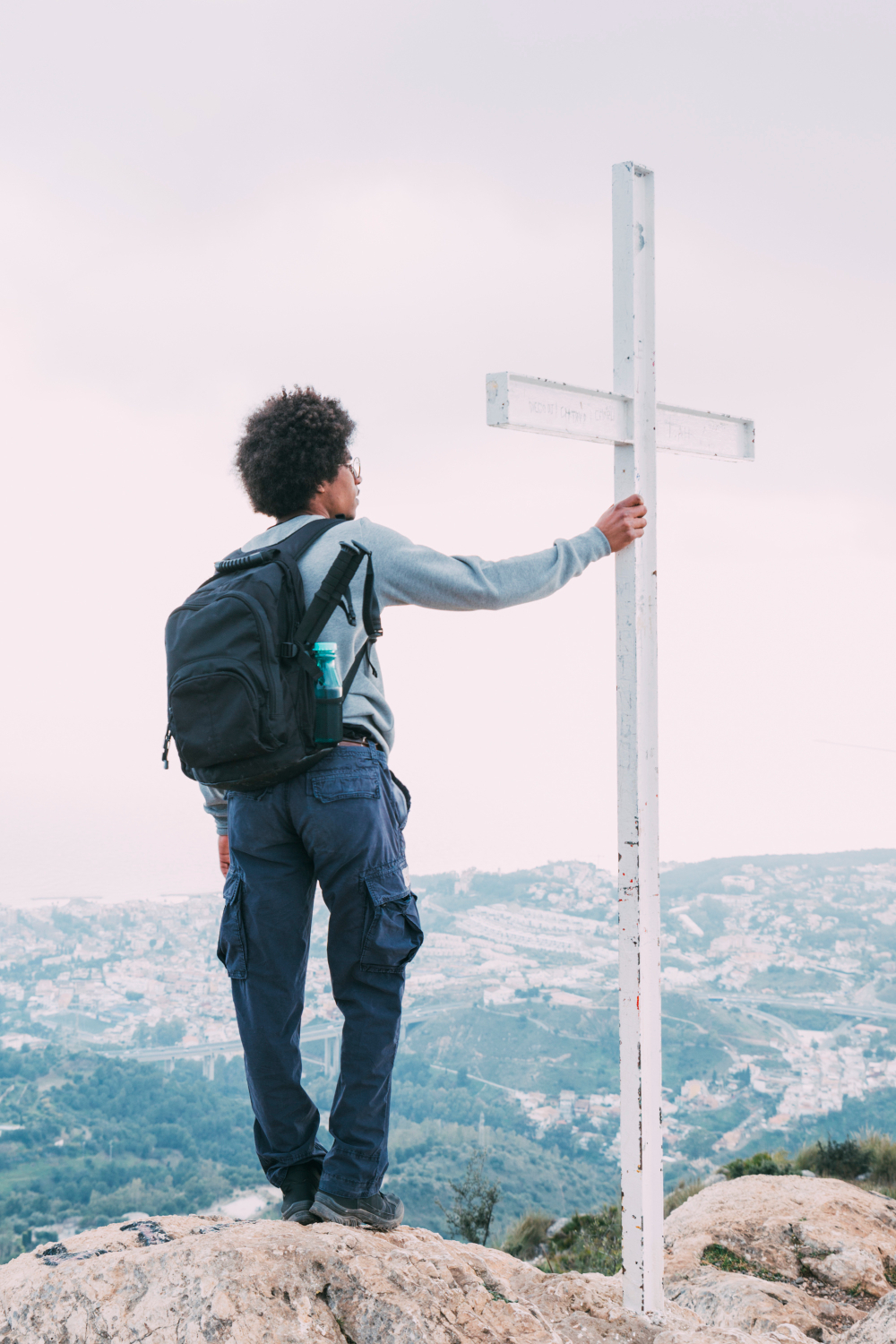
See, Hear, and Feel the Bible, Don’t Just Read It
You want the Bible to feel close, not distant. In Israel, it does. You stand on real paths where Jesus walked, touch cool stone walls that have seen centuries, and watch the Sea of Galilee ripple in front of you, just as it did in the Gospels.
Church bells ring in ancient chapels. Prayers rise at the Western Wall as slips of paper carry deep hopes. These aren’t just moments, they are connections.
Stories turn into places you can point to, so you can remember them faster and share them with heart, not just facts. It’s no longer, “I read about this,” but “I’ve been there.”
The Big Surprise: Everything Is Close
Many key sites sit only minutes apart. In Galilee, you can visit Capernaum, Tabgha, and the Mount of Beatitudes all in one morning, and still have time to reflect by the lakeside.
In Jerusalem, history feels layered but also walkable. You can go from the Western Wall to the Church of the Holy Sepulchre, and then to Mount Zion, all in under 30 minutes on foot.
Short moves mean longer visits. You’re not racing between places. You have time to breathe, pray, and truly absorb what happened where. The proximity helps connect dots, one event leads to the next, both in the Bible and right there on the map.
The Bible “Clicks” Into Place
At the Jordan River, the moving water and quiet hush make baptism scenes feel real, you can almost picture John the Baptist and the crowds.
In Jerusalem, worn stones and whispered prayers give you the weight of time, each corner steeped in generations of worship. In Nazareth, calm lanes and simple homes make Mary and Joseph feel like neighbors instead of distant figures.
These places act like anchors. Later, when you’re reading a verse, it’s not abstract. You see the location in your mind’s eye. The Word becomes not just alive, but grounded.
People Who Welcome You
Guides do more than point at sites. They keep your day flowing. They set meeting spots, manage entry times, and explain what you see in Bible terms so you’re not overwhelmed. They bring the past to life with stories, connections, and context you’d never get from a signpost.
Drivers handle the busy parts you don’t see. They pick smart, safe routes, drop you right at the entrance, keep the bus cool, and stock water. These simple things free you up to focus on the experience.
Shop owners and locals are used to visitors and are happy to help. A warm “shalom” or grateful “todah” goes a long way. Following the rules at holy places keeps doors open and shows honor, which you often get back in smiles and kindness.
Smart, Simple Tips for First-Timers
- Wear Comfy Shoes: Built for stones and hills; your feet stay happy. Instead of worrying about blisters, you enjoy every step and every site.
- Have A Refillable Water Bottle: Easy sips all day; you avoid heat headaches. You stay focused on the moment, not distracted by the sun.
- Carry A Small Notebook: Jot prayers, moments, and quick notes. You’ll remember more and your devotions later feel deeper and richer.
- Ask the Guide: Their local insight unlocks tough parts of Scripture. They explain cultural layers that make verses finally “click.”
- Daily Quiet Minute: Pause at each site, not for the camera, but for your heart. Truth sinks in when you let it, and the peace you gather stays with you.
- Hat + Sunscreen: Just a little shade makes a big difference. Fewer burns, less fatigue, and more joy in each site you visit.
- Offline Bible App: No need for Wi-Fi. With verses ready anytime, you can compare the text to what your eyes are seeing in real-time.
- Small Cash: For tips, restrooms, or little shops. It smooths out your day and avoids unnecessary stress.
- Respectful Clothing: Cover shoulders and knees where asked. It’s simple, appreciated, and opens doors, both physically and spiritually.
- Power Bank: Your phone stays alive for maps, notes, or photos. You capture the moments that move you without worrying about battery bars.
Best Time to Go (So You Can Walk and Wonder, Not Just Sweat)
- Spring (Mar–May): Mild temperatures, wildflowers in bloom, and lighter crowds. The perfect balance between comfort and beauty.
- Fall (Sep–Nov): Warm days, clear skies, and the ideal weather for long walks through biblical sites.
- Summer: It’s hot, no way around it. But if you start early, take breaks, and stay hydrated, it’s still doable and deeply rewarding.
- Winter: Cooler with occasional rain. But it’s peaceful, with softer light and fewer crowds, a good season if you like a slower pace.
Ready to See It for Yourself?
Spring dates fill fast. To keep your trip simple and faith-focused, choose Coral Tours. Book a free 10-minute planning call, no pressure, just answers.
For a custom Israel tour, we plan trips to Israel for Christians, lead some of the best Christian tours of Israel, and design thoughtful Christian trips to Israel.
Prefer to go with others? Ask about our Israel group tours Christian travelers love. Explore our Israel Christian tours and start planning today.
